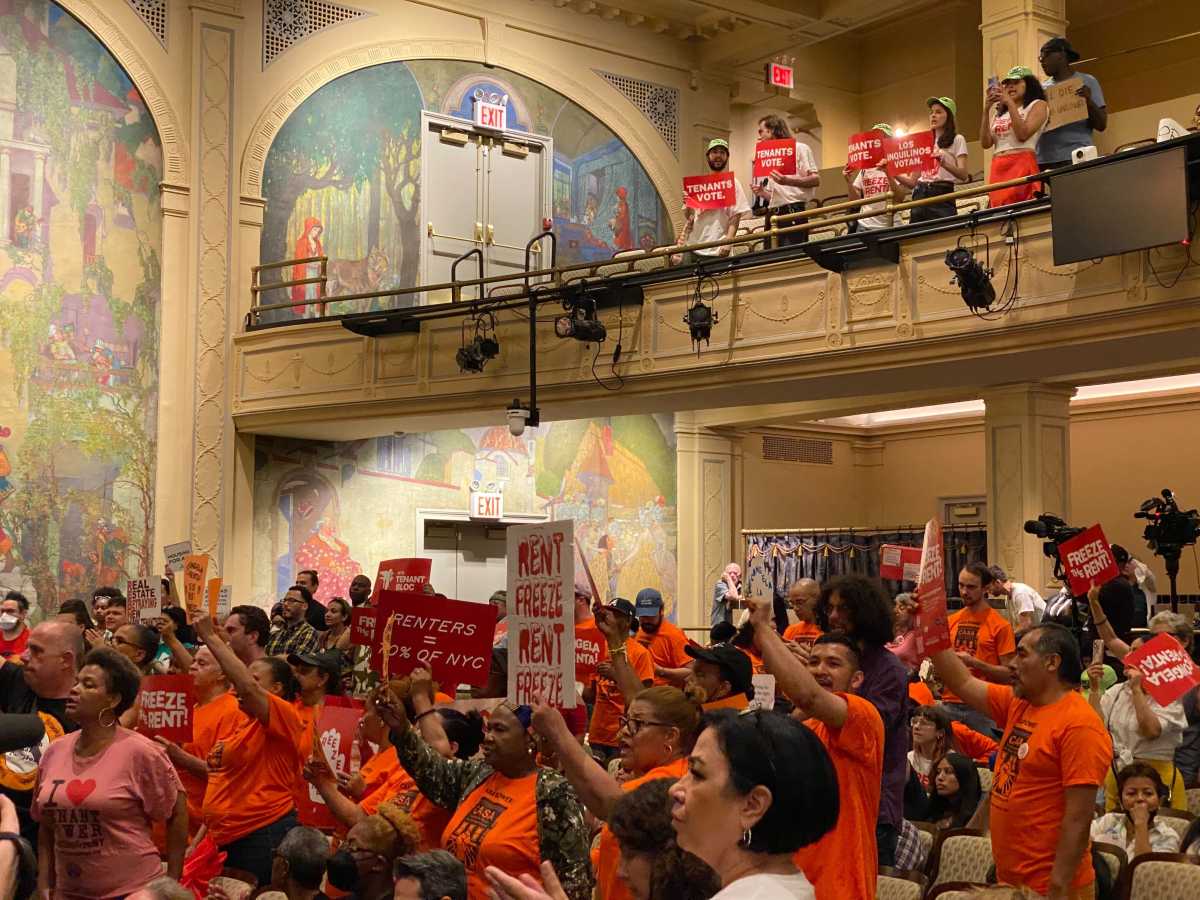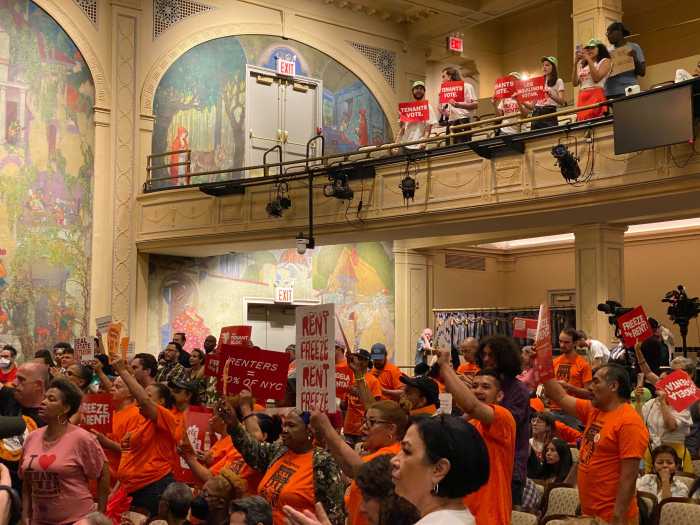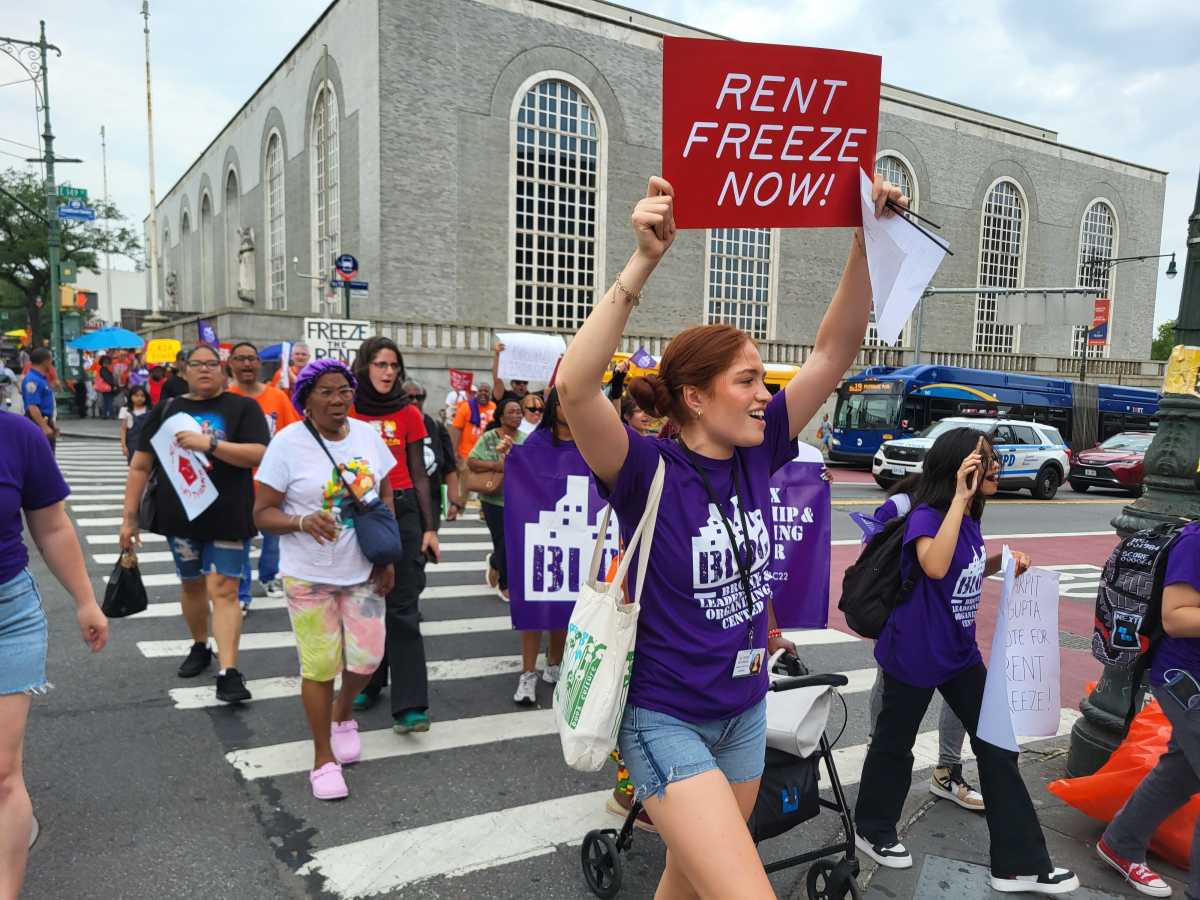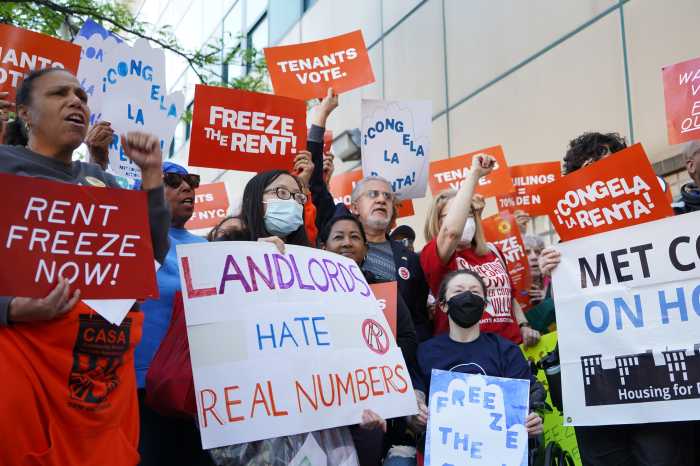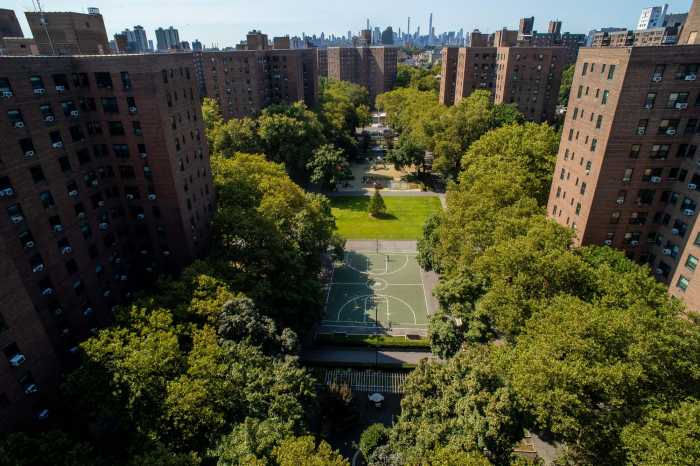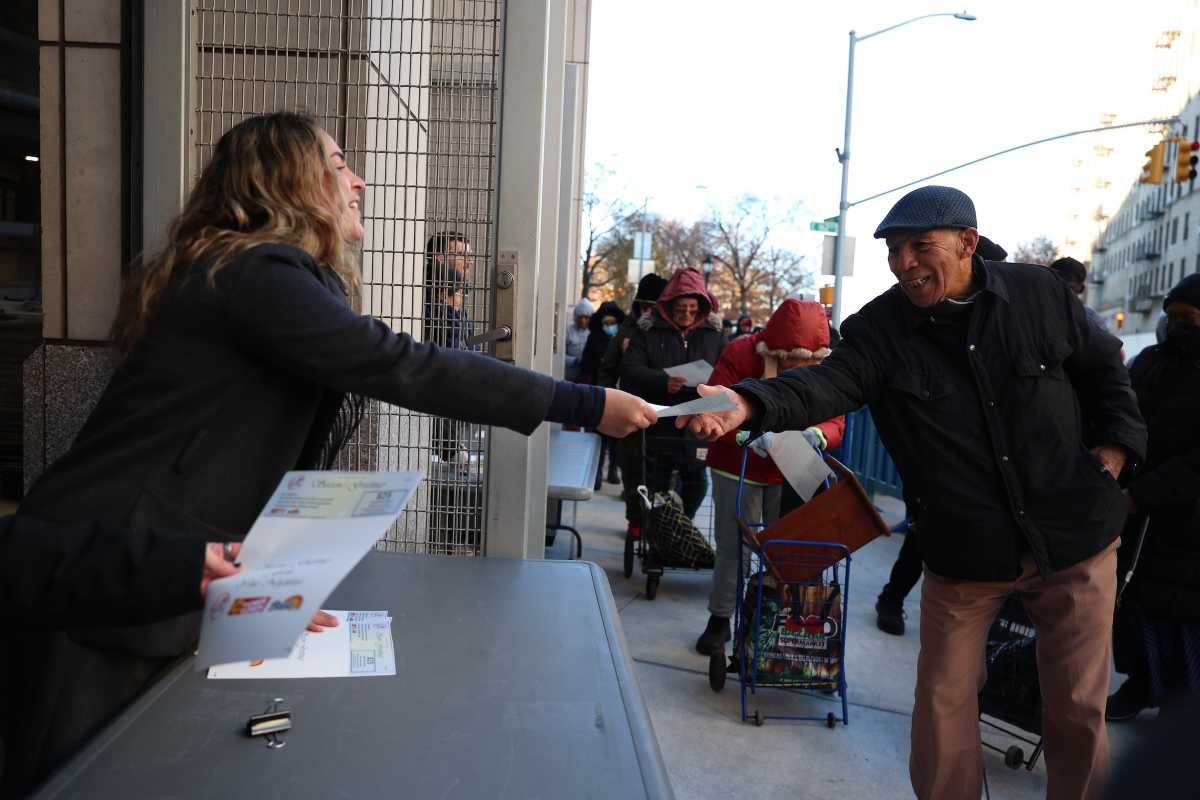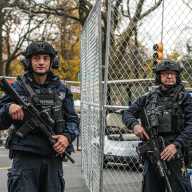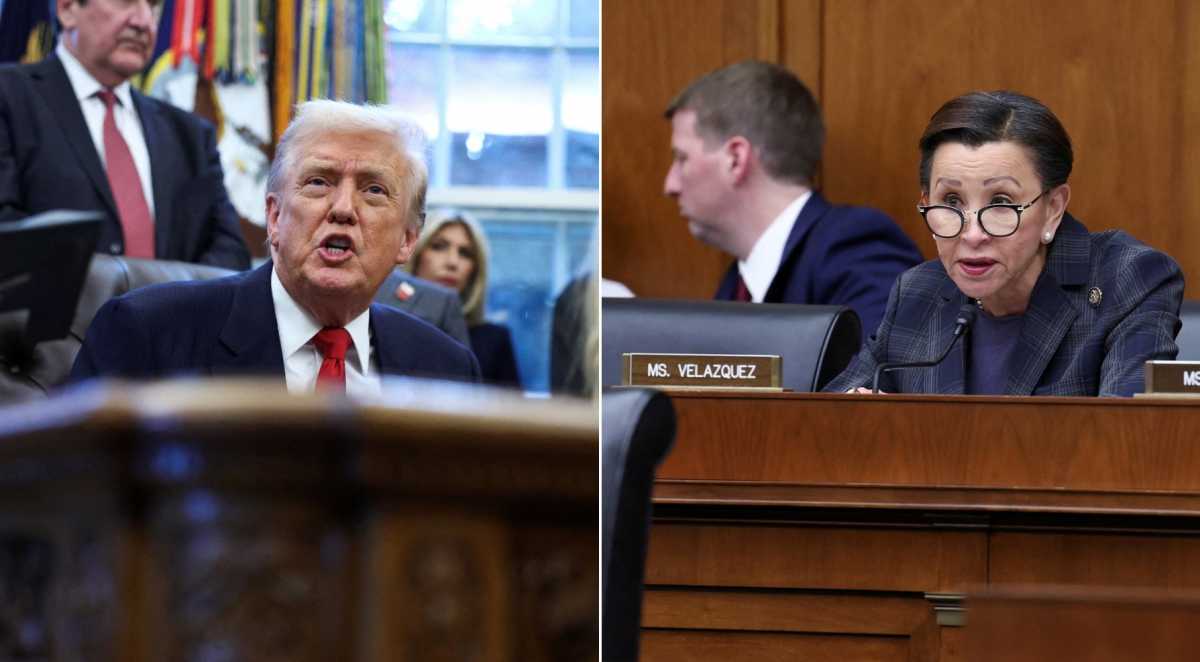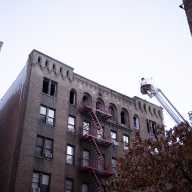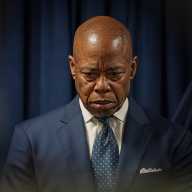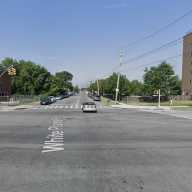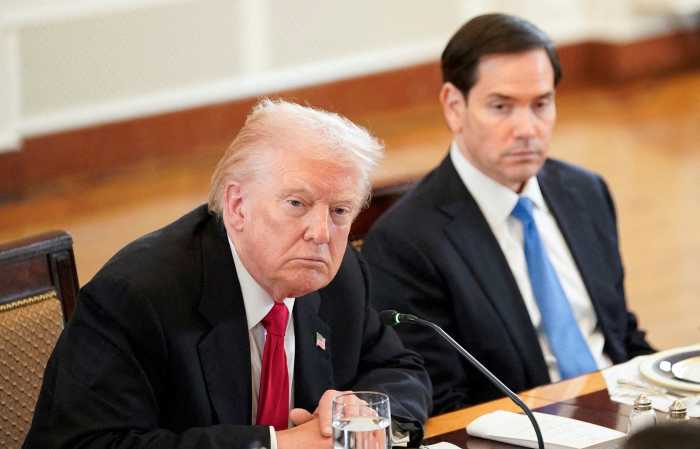In the end, the Rent Guidelines Board’s vote on Monday to allow a lesser increase in rents for tenants living in stabilized apartments satisfied absolutely no one.
The RGB approved rent increases of 3% for tenants with one-year leases and 4.5% for tenants with two-year leases in a 5-4 decision, which was met with jeers from hundreds of tenant advocates who packed the El Museo del Barrio auditorium on June 30 in a last-ditch plea to derail the hike, to no avail.
Tenant advocates wanted an outright rent freeze, noting the historic housing affordability crisis gripping the Big Apple and leading to skyrocketing rents citywide. They came away from Monday’s vote unhappy.
Advocates for property owners wanted a higher rent increase because of the rising costs of maintaining buildings; this is particularly true for small property owners (those who own less than five buildings) who are more reliant on rental income than corporations with large portfolios of buildings citywide. The property owner advocates, too, came away from Monday’s vote unhappy.
We sympathize with both sides and the RGB itself, which was caught between the proverbial rock and a hard place in its vote. The board tried to find a middle ground, and it approved expanding a quagmire in which tenants and landlords alike are stuck.
As we have said before, freezing rents is untenable, as it shifts economic pain from tenants to landlords. This results in economic losses that can lead to building deterioration, sales to larger corporations, and a reduction in market-rate apartments.
At the same time, tenants in New York are already suffering from high housing costs and skyrocketing living expenses. The longer their burdens go unaddressed, the greater the risk of middle- and working-class flight from New York, which would be catastrophic to the city’s tax base. It’ll be the 1970s fiscal crisis all over again.
So what’s the answer here if not a rent freeze or rent hikes?
We can start by abandoning the either-or approach to this crisis that seeks to unburden one side and shackle the other. Everyone is in this hole together, and it’s going to take a team effort to get out of it in one piece.
The only real solution is to build more housing with mandates to include truly affordable housing. The city, state and local governments must work together to clear hurdles holding back development. This is a supply-demand issue. Public-private partnerships must be unlocked, allowing development on unused or underutilized government-owned land and buildings.
To get us out of this hole, a joint effort with all perspectives must be made. It’s time we embrace that reality, not run from it.



